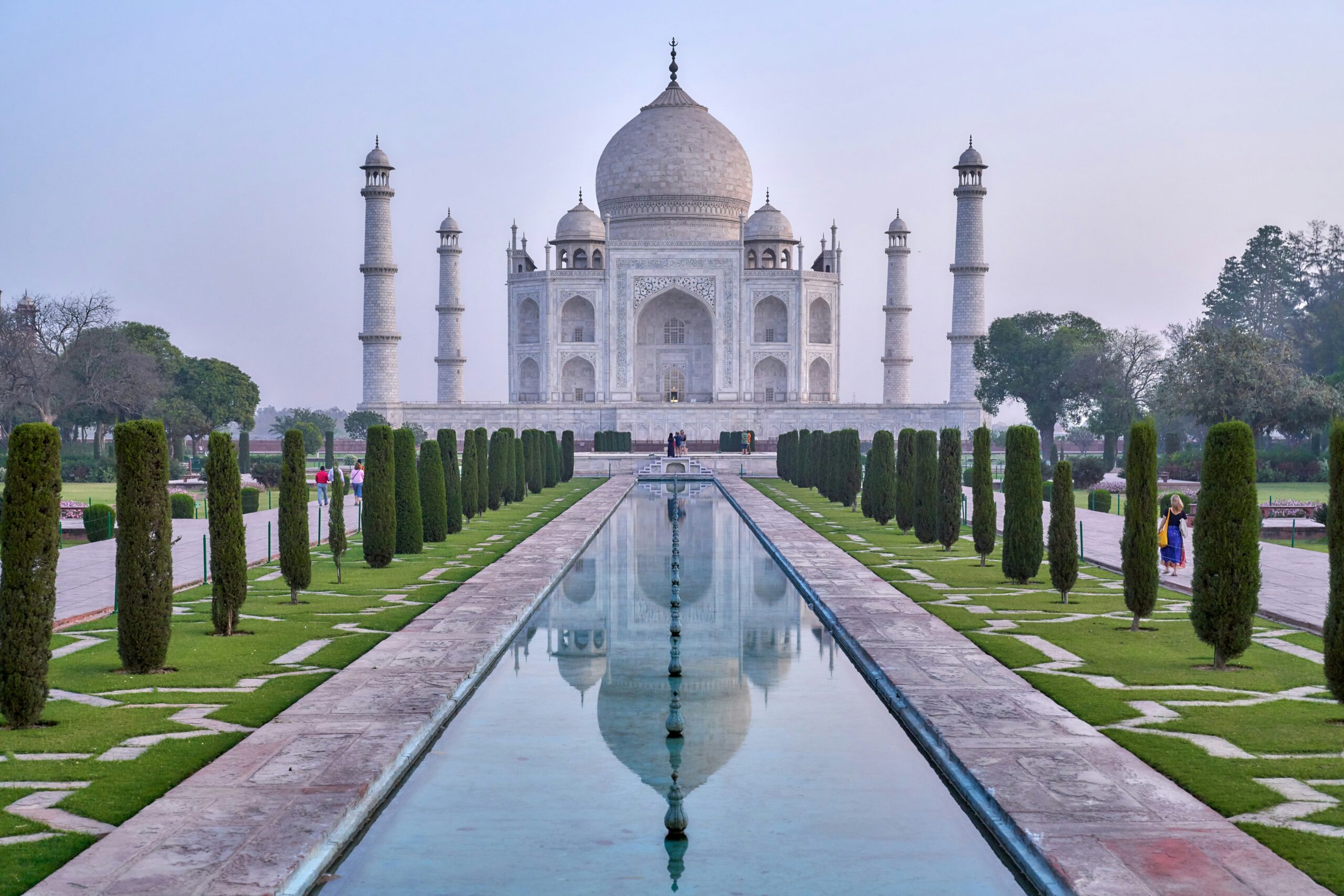India is a diverse country with a rich cultural heritage and a complex social fabric. It is often referred to as a plural society due to its diverse social institutions and practices. In this blog post, we will explore some of the key aspects of Indian society, including caste, tribe, class, village, and family.
Caste
Caste is a unique social institution in India that has its roots in ancient Hindu society. It is a hierarchical system that categorizes individuals into different social groups based on their birth. The caste system determines a person’s occupation, social status, and even their marriage prospects. Although the Indian Constitution prohibits caste-based discrimination, it still continues to influence the social dynamics of the country.
The caste system is divided into four main categories: Brahmins (priests and scholars), Kshatriyas (warriors and rulers), Vaishyas (merchants and farmers), and Shudras (laborers and servants). Below these four main categories are numerous sub-castes and thousands of endogamous groups, known as jatis. Each jati has its own customs, traditions, and occupations.
Tribe
Tribes in India are distinct social groups that have their own unique cultural practices, languages, and ways of life. They are often referred to as Adivasis, which means “original inhabitants.” India is home to a large number of tribes, each with its own distinct identity and socio-economic characteristics.
Tribal communities are primarily found in rural areas and forested regions of the country. They have their own governance systems, known as tribal councils, and are known for their close-knit communities and strong sense of belonging. However, tribal communities in India also face various challenges, including land rights issues, lack of access to education, and marginalization.
Class
Class is another important aspect of Indian society, which is based on economic and social factors. India has a complex class structure, with a significant wealth gap between the rich and the poor. The upper class consists of wealthy individuals who have access to resources and opportunities, while the lower class comprises the economically disadvantaged sections of society.
The middle class in India is growing rapidly and is considered the backbone of the economy. It includes professionals, entrepreneurs, and skilled workers. The class divide in India has implications for access to education, healthcare, and employment opportunities.
Village
Villages play a crucial role in Indian society, as the majority of the population still resides in rural areas. Villages are characterized by close-knit communities, agricultural livelihoods, and traditional social structures. They serve as the backbone of the Indian economy, providing food and raw materials.
However, villages in India also face numerous challenges, including lack of infrastructure, limited access to healthcare and education, and agrarian distress. The government has implemented various rural development programs to address these issues and improve the quality of life in rural areas.
Family
The family is the basic unit of Indian society and holds great importance. Indian families are often large and extended, with multiple generations living together under one roof. Family bonds are strong, and individuals are expected to prioritize the needs and well-being of the family over their individual aspirations.
Indian families are known for their close relationships, respect for elders, and adherence to traditional values. However, with changing times, the dynamics of Indian families are also evolving. Nuclear families are becoming more common, and there is a shift towards individualism and personal aspirations.
In conclusion, India is a plural society with a diverse range of social institutions and practices. The caste system, tribes, class divisions, village communities, and the importance of the family all contribute to the unique social fabric of the country. Understanding these aspects is essential to gaining a deeper insight into Indian society and its complexities.























+ There are no comments
Add yours